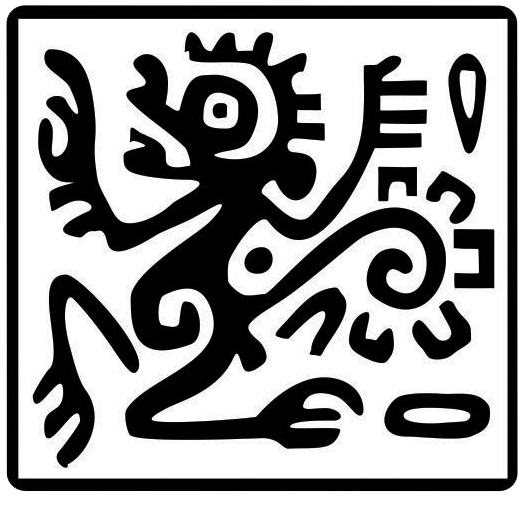Ecological interaction between Artibeus jamaicensis and Microdesmia arborea in a deciduous forest of central México
Abstract
Seed dispersal is essential for many plant species, so they can colonize new sites. Among dispersers, fruit bats have been considered essential for ecosystem functioning. Although the role of bats as seed dispersers has been widely proved, many of the mutualistic interactions between plants and frugivorous bats are still unknown and little direct evidence of seed dispersal has been provided. As part of continuous monitoring conducted in the Sierra de Huautla Biosphere Reserve, we found a small colony of Artibeus jamaicensis resting in a cave near a series of crops used by local people to grow food. Inside the cave, we found many growing cotyledons of Microdesmia arborea, just below the resting places used by the bats. These cotyledons germinated from the seeds of the fruits on which the individuals of A. jamaicensis fed. To our knowledge, this is the first record reporting the association between A. jamaicensis and M. arborea. The growing cotyledons we found demonstrate the importance of A. jamaicensis for the dispersal and germination of certain plant species, even in unfavorable conditions like inside a cave. According to Mexican legislation, M. arborea is listed as threatened. So, the seed dispersal by bats may be vital for conserving this plant species. Seed dispersal is of great significance in an environment surrounded by crops, where forest regeneration may play a critical role in maintaining natural vegetation.
Copyright (c) 2022 Therya Notes

This work is licensed under a Creative Commons Attribution-NonCommercial-NoDerivatives 4.0 International License.
THERYA NOTES is based on its open access policy allowing free download of the complete contents of the magazine in digital format. It also authorizes the author to place the article in the format published by the magazine on your personal website, or in an open access repository, distribute copies of the article published in electronic or printed format that the author deems appropriate, and reuse part or whole article in own articles or future books, giving the corresponding credits. The Creative Commons CC BY-NC-SD license is used.![]()










